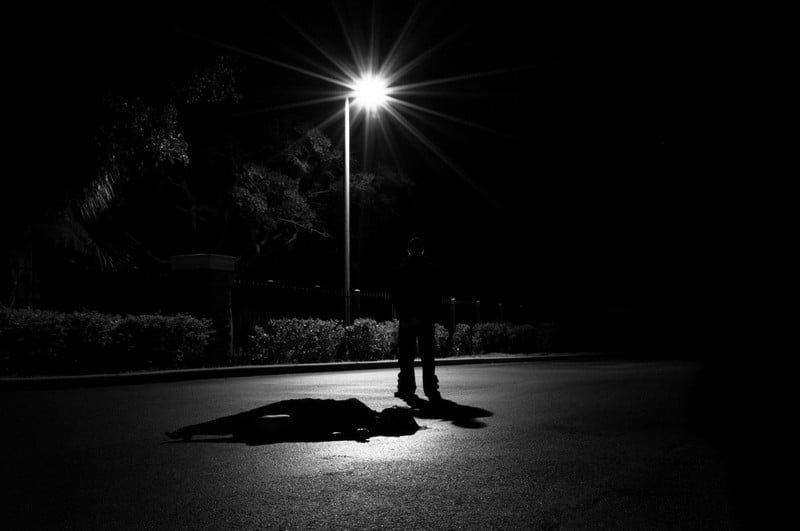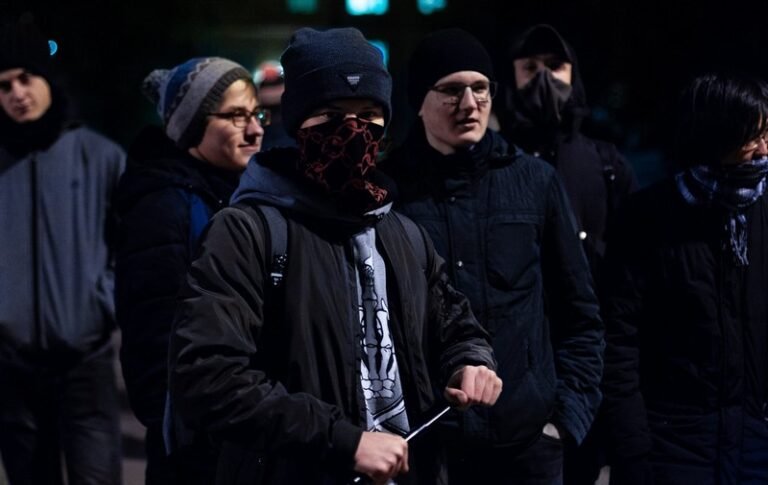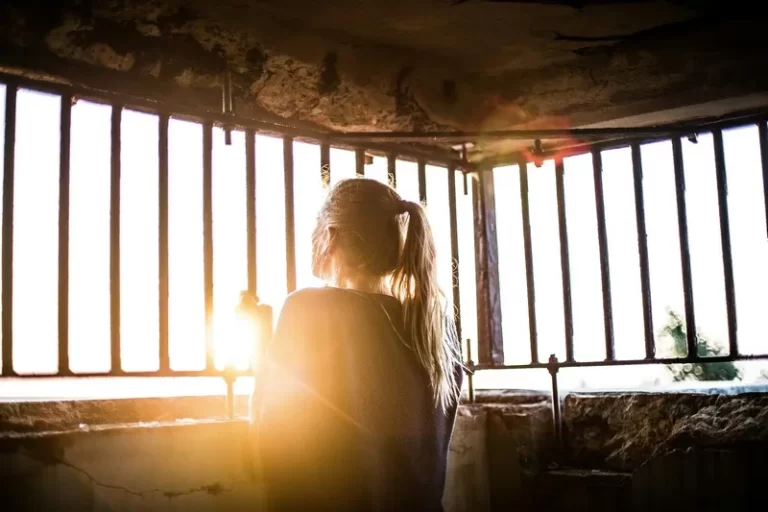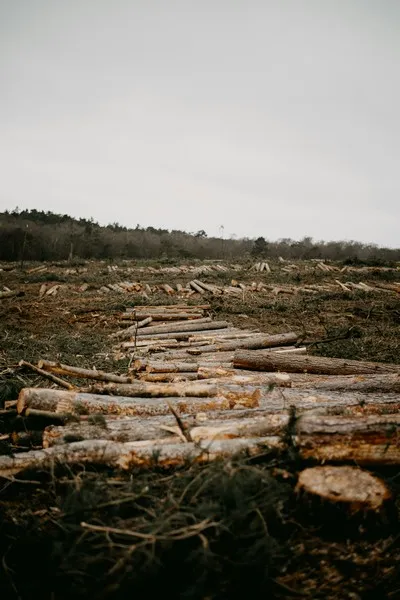The Concept of ‘Dangerous Classes’ in Sociology
In sociology, the term ‘dangerous classes’ refers to a concept that originated in the 19th century and was popularized by French sociologist Emile Durkheim. It is used to describe a section of society that is seen as deviant or criminal, posing a potential threat to the social order. The concept of dangerous classes is closely linked to the broader understanding of social stratification and the dynamics of power within a society.
Social Stratification and the Construction of ‘Dangerous Classes’
Social stratification refers to the division of society into different groups based on various factors such as wealth, occupation, and social status. Within this framework, certain groups are labeled as the ‘dangerous classes’ due to their perceived deviant behavior or criminal activities. These groups are often marginalized and stigmatized by the dominant social class, leading to their exclusion from mainstream society.
The construction of ‘dangerous classes’ is not solely based on objective criteria but is also influenced by societal norms, values, and prejudices. The dominant class tends to define what constitutes deviant behavior and criminality, and this definition often reflects their own interests and biases. As a result, certain groups, such as the poor, the homeless, or certain ethnic and racial minorities, are more likely to be labeled as dangerous.
The Impact of Labeling and Stigmatization
Labeling individuals or groups as part of the ‘dangerous classes’ has significant consequences for their social, economic, and political status. The stigmatization associated with this label can lead to further marginalization and exclusion from mainstream society. It can also result in limited access to resources, opportunities, and social support systems, perpetuating a cycle of disadvantage and deviance.
Moreover, the construction of ‘dangerous classes’ can reinforce existing power structures and inequalities within society. By attributing deviant behavior solely to certain groups, it diverts attention from the structural and systemic factors that contribute to social problems. This narrative allows the dominant class to maintain its privilege and control over resources while placing the blame on marginalized groups.
Challenging the Concept of ‘Dangerous Classes’
Many sociologists and scholars have criticized the concept of ‘dangerous classes’ for its inherent biases and its role in perpetuating social inequalities. They argue that the labeling of certain groups as dangerous is often based on stereotypes and prejudices rather than objective evidence.
Instead of focusing solely on individual deviance, sociologists have emphasized the importance of understanding the social, economic, and political factors that contribute to deviant behavior. This approach highlights the role of poverty, inequality, discrimination, and lack of social support as key determinants of criminality.
To challenge the concept of ‘dangerous classes,’ it is crucial to address the root causes of deviance and criminal behavior rather than stigmatizing specific groups. This involves implementing social policies that promote equality, provide access to education and employment opportunities, and address the underlying structural issues that contribute to social problems.
Conclusion
The concept of ‘dangerous classes’ in sociology sheds light on the social construction of deviant behavior and criminality. It highlights the role of power, prejudice, and social stratification in labeling certain groups as dangerous. However, it is essential to critically examine and challenge this concept to ensure a more equitable and inclusive society.





